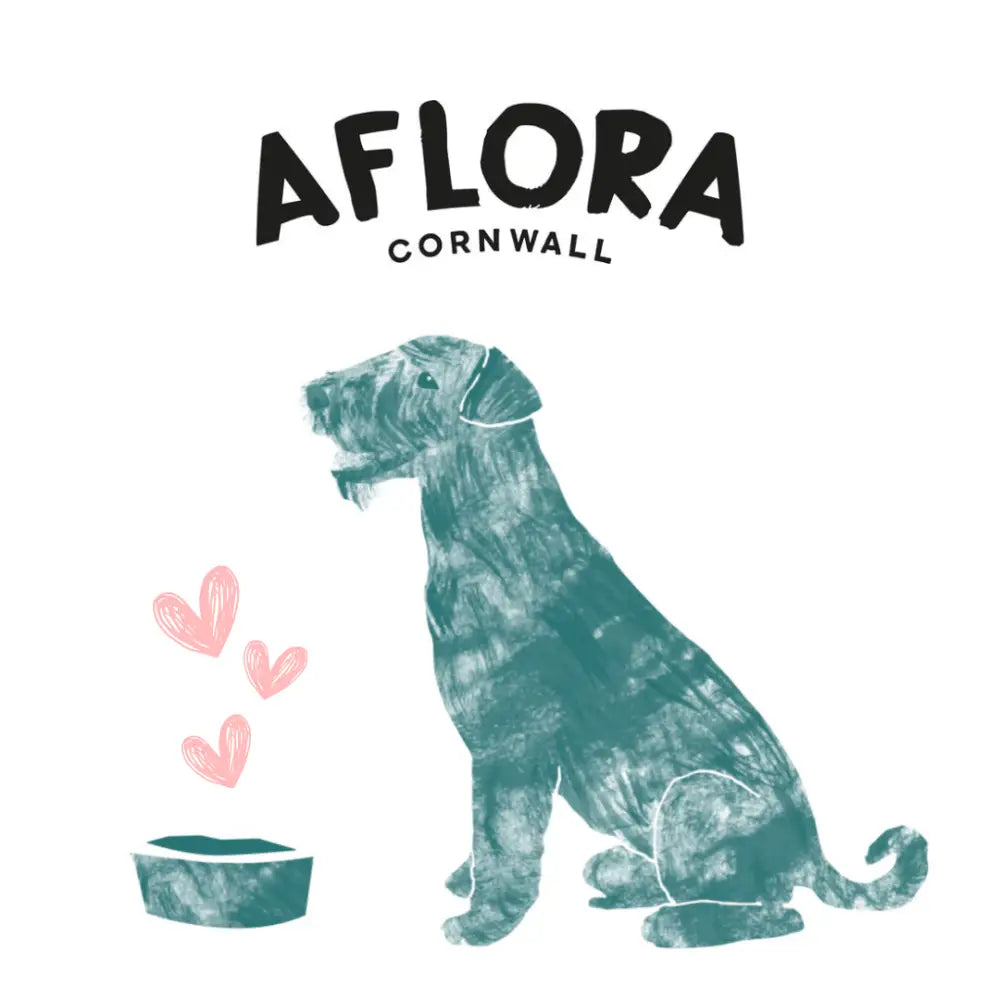One of the most common ailments to affect our humble hounds and fabulous felines is the dreaded food allergy. Some research suggests that up to one in five dogs and around one in ten cats can suffer from food allergies of one form or another. But how do we know when our pet has an allergy and what is the best course of action if your precious pets are suffering from one?
In today’s post, we will be exploring what food allergies are, how to spot the symptoms and diagnose a food allergy, alongside some advice about what to do if your pet has an allergy to a specific food or food group.

What are Food Allergies in Dogs and Cats
Simply put, a food allergy is an adverse reaction in your pets to one or more elements of their diet. A food allergy occurs when your pet’s immune system misidentifies a protein as a harmful invader and as such launches an immune response. This immune response can manifest itself in a number of ways, but the most common symptoms are itchy skin and ears, skin infections, vomiting and diarrhoea. Food allergies can manifest themselves at any time in a pet’s life but are most commonly diagnosed within the first year of their life.
The most common food allergies are caused by commonly fed ingredients in pet diets such as chicken, beef, lamb, fish, gluten and eggs. However, it is possible for virtually any ingredient in their foods to be the cause of an unwanted allergic response.
Thankfully, if you are able to diagnose a food allergy in your dog or cat it is generally very easy to avoid the offending ingredient and allow your pet to live a happy and irritation-free life.
Symptoms and Diagnoses of Pet Food allergies
As we briefly mentioned above, the symptoms of food allergies tend to be mild and commonly manifest themselves as itchy skin and ears, skin infections, vomiting and diarrhoea. The main problem with diagnosing a food allergy is that all of these symptoms can be attributed to other issues in our pets that are also very common. Skin irritations and gastrointestinal problems are some of the most common issues in pets and as such, it can be very difficult to know if a food allergy is the root cause of your pet’s problem. To add to the complications surrounding the diagnosis of a food allergy is the fact that there is no accurate test to determine whether your pet has an allergy or not, despite the claims of some companies!! It is important, however, to take your dog to your vet if they are suffering from any of the above symptoms, it may not be an allergy but if something isn't right it is always best to get a professional opinion.
The only true way of diagnosing a food allergy in your pets is with the elimination technique. This is done by eliminating everything your pet has eaten before from their diet for up to six weeks in order to ascertain whether it is something in the diet that is the problem. This can be difficult as you have to be extremely strict during this time, ensuring they do not consume anything they might have before. If the technique is successful, you can begin to gradually add ingredients back into their diets whilst monitoring their symptoms, eventually being able to pinpoint exactly what might be the cause.
There is no way to prevent your pets from developing an allergy so it’s always best to work with your local vet if you think they have an issue in order to pinpoint the problem as early as possible and get your furry friend back on track as soon as you can.

Treatment and Ongoing Help for your Allergic Pet
As we alluded to above, the only true way of dealing with a food allergy is to avoid the offending ingredient or ingredients. If you and your vet have confirmed that a food allergy is a problem in your pet, the only thing you can do is not feed them the offending item. This may be easier said than done if your pet is allergic to a common ingredient in pet foods such as chicken or grains. However, modern pet food providers, such as our fantastic shop in St Erth, Cornwall or our awesome online operation, can provide you with a wealth of foods, treats and chews that are made with a whole host of different ingredients, so you can be confident that, no matter what your pet is allergic to they will still have a happy, healthy and flavour full life!















